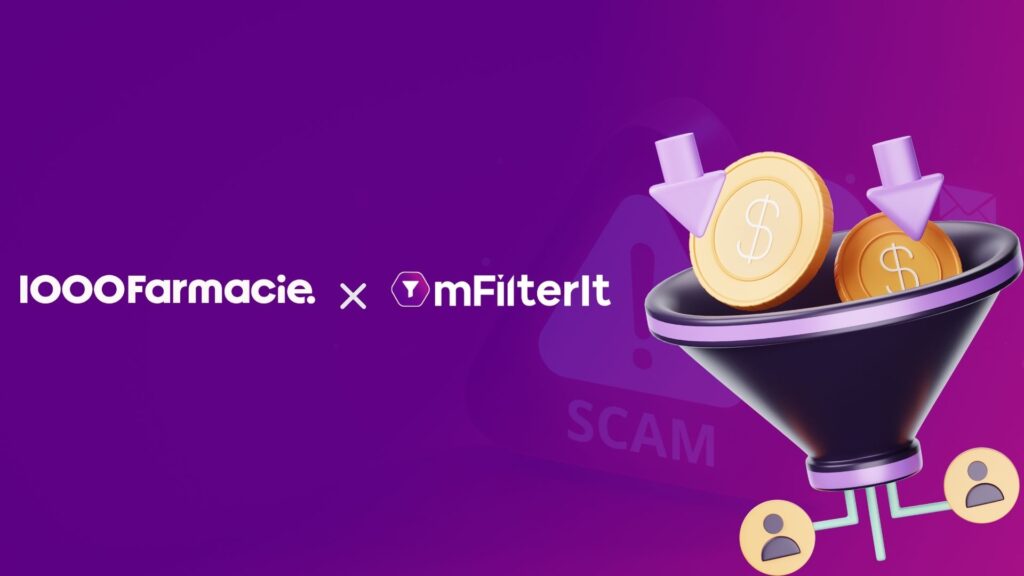mFilterIt’s Quick Guide for Marketers
Ad fraud is just like bad fat in the body. It unnecessarily makes things look ‘healthy’. At the same time, it results in other lifestyle diseases just like obesity.
To manage it and make sporty campaigns, here is a quick guide from mFilterIt based on excerpts of best practices implemented by it across some of the leading digital advertisers globally.
- Extremely good or bad performance are both indicators of ad fraud.
- Analyze the performance mix of the campaigns and get a deeper audit done if the results are too good to believe or too bad to absorb.
- There is no single medium that is fraud-free. Do not switch from one medium of advertising to another to combat fraud. Achieve higher integrity of ads within the existing mediums of engagement otherwise, there will always be a fresh learning curve to uphill.
- Ad fraud is not just about losing money. Similar to obesity, it results in other ailments like Brand Safety issues. Do monitor the placement of the ads and the relevancy of channels being engaged. The quality of the campaign is also to be monitored.
- Changing the model of engagement will again not result in tackling ad fraud. Irrespective of the model on which campaigns are running – CPC, CPCV, CPL, CPS, etc., fraudsters can trick ad fraud. In fact, the tougher the metrics to qualify, the higher the motivation to fraud.
- Engage with partners who understand ad fraud. Do not go by the disclaimer that there is no ad fraud through a particular partner. Evaluate if the partners are being checked and have ad-fraud specialists who are certified for it.
- Encourage your teams to understand ad fraud. Organize cross-team workshops for awareness of ad fraud as this impacts digital marketing function as well as other functions. It does have an impact on revenue, sales, procurement, and others as well.
- Check every element of an ad. Reassure yourself about the compliances and brand guidelines being followed by partners while designing ad-creatives, content, etc.
- Brand infringement is not only about wrong information about your business and products. It is also about selling fake/counterfeit products and services which could result in legal hassles for your brand. Watch out for any brand infringement in the digital space in real-time.
- Organic stealing not only makes you pay unnecessarily someone else hijacks the attribution. It also demotivates the internal digital team as their good work goes unnoticed. Track who is bidding on your brand keywords and diverting traffic through them.
The above action points will help marketers to effectively manage and curtail ad fraud, brand safety challenges, and the growing brand infringement problems. However, strategically the best practice is to address ad fraud with an open mind rather than going with the hypothesis that no ad fraud to possible. This can then be audited and validated by a mix of home exercises and a professionally run ‘gym’ to burn the fat and have a sporty, strong, and good-looking campaign, which will fetch great results.









